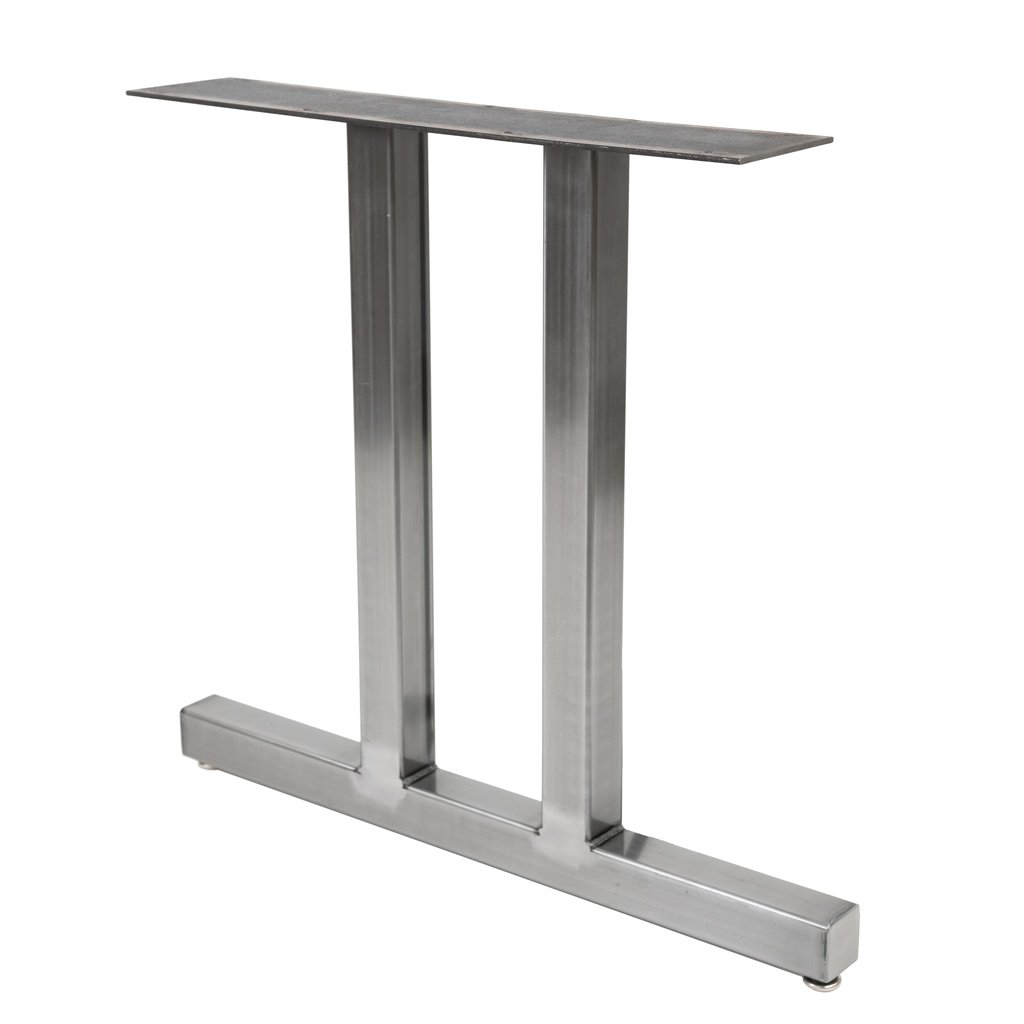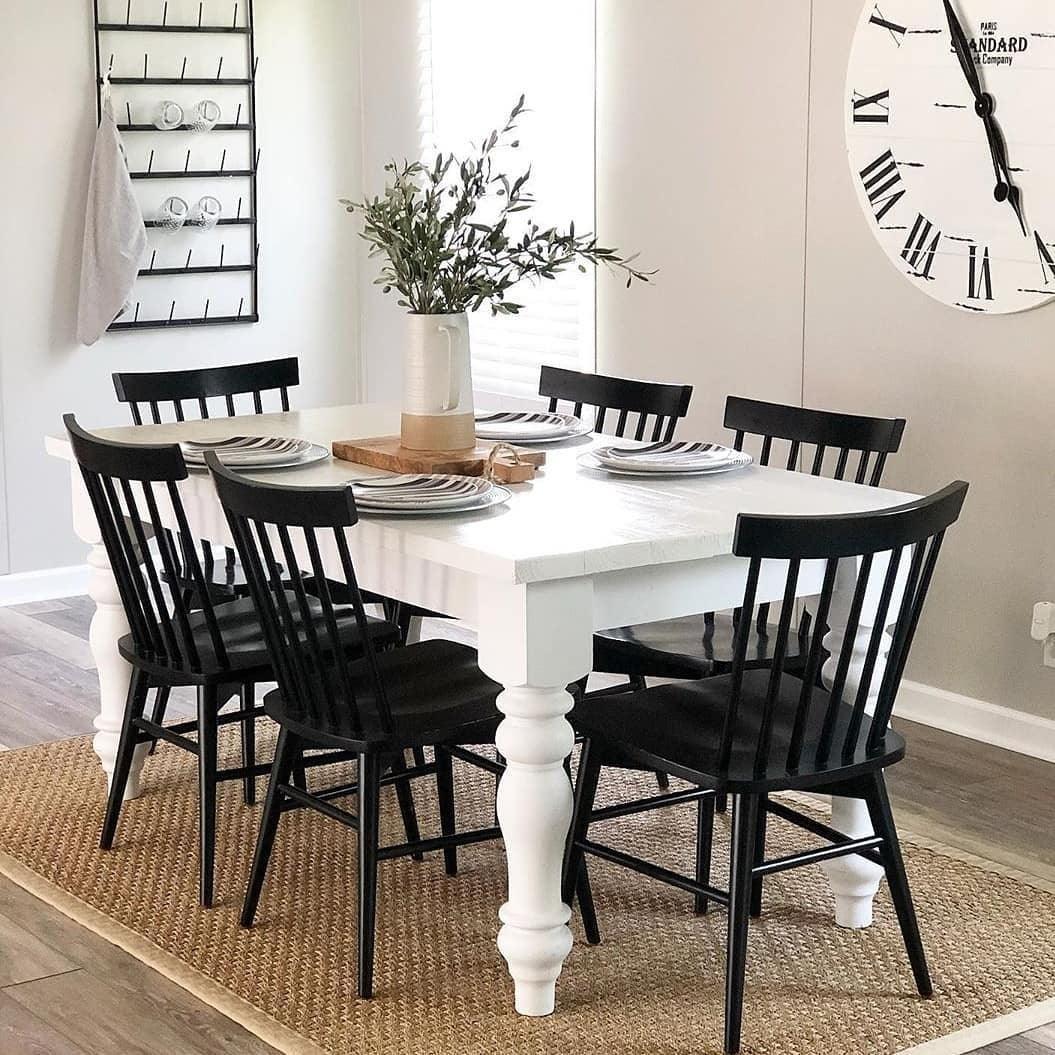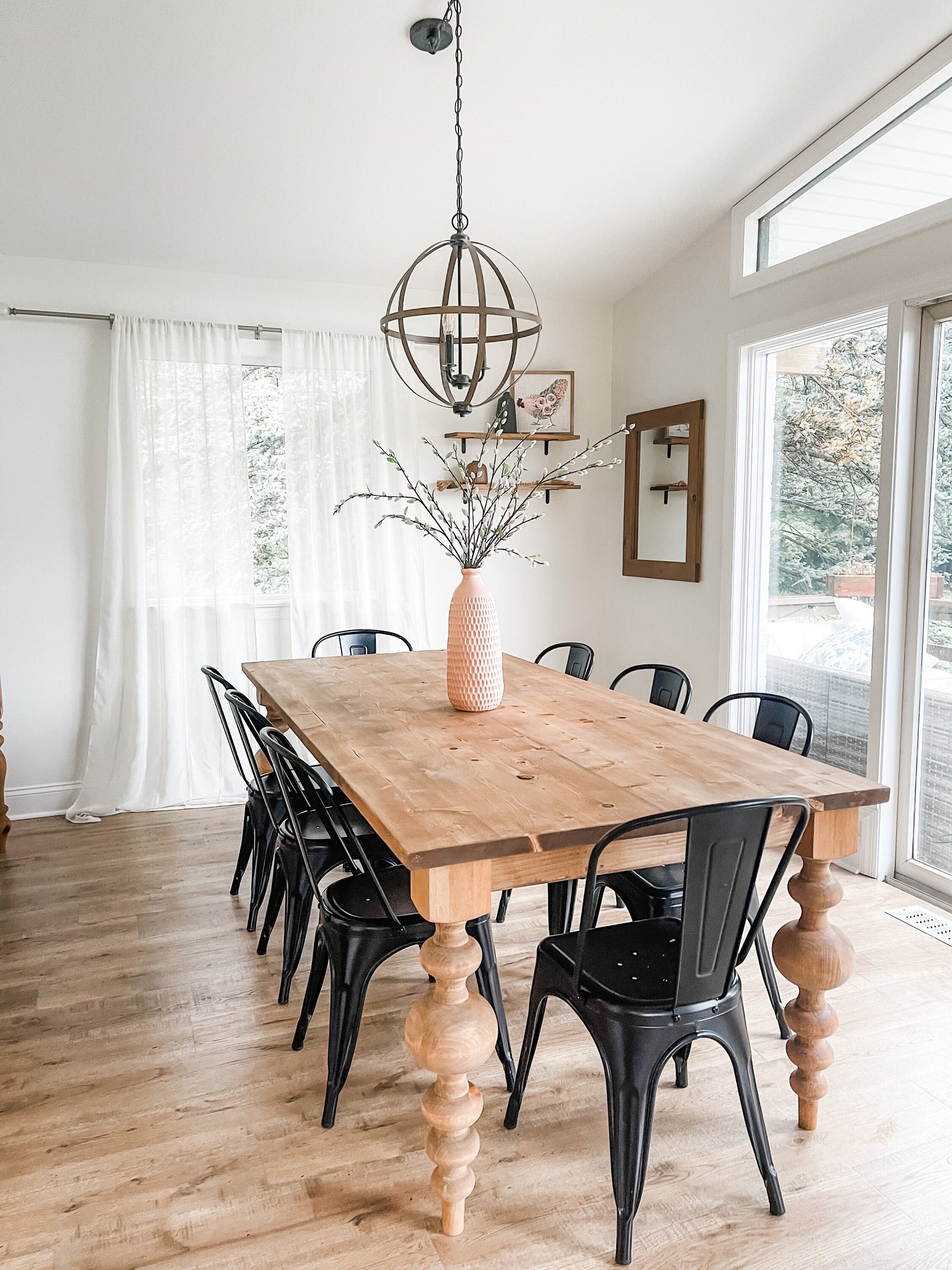The Impact of Dining Room Table Legs on Your Table's Overall Design
The Impact of Dining Room Table Legs on Your Table's Overall Design
Blog Article
How to Choose the Perfect Dining Space Table Legs for Your Home Decor
Choosing the optimal dining room table legs is a nuanced procedure that calls for cautious consideration of various components, including your room restrictions, aesthetic preferences, and sensible demands. The interplay between measurements, styles, and materials can dramatically affect the ambiance of your eating area, making it important to approach this choice systematically.
Assess Your Dining Room
Evaluating your dining area is important for selecting the right table legs that match both aesthetic appeals and functionality. Begin by gauging the dimensions of your eating area, consisting of ceiling height, flooring space, and closeness to other furnishings. This information will certainly help figure out the suitable dimension and height of your table, which directly affects the selection of table legs.
Following, take into consideration the style and design of your eating space. An open-concept layout may benefit from table legs that supply aesthetic agility, such as slim steel or acrylic options. Alternatively, an extra conventional setting could call for durable wood legs that give a feeling of permanence.
Assess the existing shade scheme and products in your eating location. Harmonizing the table legs with these elements produces a cohesive look that improves the total style. Additionally, consider the functionality needed in your area. For instance, if you often hold big events, take into consideration legs that give added assistance and security.
Ultimately, an extensive evaluation of your dining room will certainly assist you in making a notified decision, ensuring that your table legs not just improve the visual appeal yet additionally serve practical objectives.
Consider Your Design Preferences
When selecting dining-room table legs, it is necessary to review your personal design choices, as they considerably influence the total aesthetic of your eating area. Your choice of table legs can either enhance or contrast with existing décor, making it crucial to straighten them with your favored indoor style theme.
If your home leans in the direction of a contemporary visual, think about sleek steel or minimalist wood legs that provide a clean, minimalist look. For a much more conventional approach, luxuriant wooden legs with detailed carvings can include a touch of beauty and refinement. Industrial styles gain from robust, raw products such as reclaimed timber and steel combinations, mirroring a rugged beauty.
Additionally, farmhouse and rustic designs frequently prefer sturdy, chunky legs that stimulate a sense of warmth and convenience. Conversely, if your design is eclectic, you could choose unique forms or a mix of materials to produce aesthetic interest.

Evaluate Product Options
The choice of material for dining room table legs plays an essential function in both durability and aesthetic appeal. Common materials include wood, metal, and composite choices, each offering unique attributes that can affect the general appearance and durability of your table.
Timber is a traditional option, understood for its heat and adaptability. Woods like oak and walnut supply phenomenal toughness and can be ended up in numerous spots to match any type of decoration. Nevertheless, softwoods like want are a lot more susceptible to dents and scratches, making them much less suitable for high-traffic areas.
Metal legs, frequently crafted from steel or aluminum, exude modernity and commercial appeal. They are resistant and extremely long lasting to use, making them suitable for families with youngsters or regular gatherings (dining room table legs). In addition, steel can be finished in numerous shades, my review here enhancing the modification opportunities
Composite materials, such as MDF or laminate, deal cost and diverse layouts. While usually less long lasting than solid timber or metal, they can still provide an elegant appearance and are usually simple to maintain.
Inevitably, the material you pick ought to straighten with your way of life, visual preferences, and the degree of use your eating table will experience.
Determine Elevation and Size
Choosing the appropriate height and dimension for your dining area table is vital for both capability and comfort. The typical height for eating tables usually varies like it from 28 to 30 inches, enabling enough legroom for many people when seated. It is important to take into consideration the dimensions of your dining area and the kinds of chairs you plan to utilize.

Additionally, think about the percentages of your eating space. A bigger table in a large location can produce a grand atmosphere, while a smaller sized table functions well in more intimate settings. Eventually, the best height and size will harmonize with your overall decor and enhance the eating experience for you and your visitors.
Explore Modification Opportunities

Furthermore, the design of the legs can be customized to fit different styles, such as rustic, modern-day, or industrial. Tapered legs can stimulate a mid-century modern feeling, while chunky, block-style legs might resonate with standard or farmhouse decor.
Home owners can likewise discover color coatings, from natural timber stains to repaint, enabling them to match or contrast with the table top and surrounding decoration.
Furthermore, leg elevation can be adapted to fit specific seating arrangements or personal choices, enhancing both comfort and capability.
Lastly, special embellishments, such as carvings or attractive brackets, can even more individualize the table legs, making the dining experience not just a declaration yet a meal piece in the home. By taking into consideration these customization choices, home owners can create a dining-room table that absolutely reflects their uniqueness.
Verdict
Picking the perfect dining-room table legs requires careful factor to consider of numerous factors, including the dimensions of the dining area, design choices, product resilience, and preferred height. Personalization alternatives better enhance the ability to accomplish a cohesive aesthetic that matches the general decoration. By methodically examining these components, home owners can ensure that the chosen table legs not only fulfill functional requirements but also contribute positively to the eating experience and setting of the home.
Picking the excellent eating area table legs is a nuanced procedure that needs cautious consideration of different elements, including your space constraints, visual choices, and functional requirements.Evaluating your dining space is crucial for picking the right table legs that enhance both aesthetics and performance.When establishing size, measure the area where the why not find out more table will certainly be positioned to guarantee it fits easily, allowing for at least 36 inches of clearance around the table for easy activity. A larger table in a large location can develop a grand setting, while a smaller table works well in more intimate settings.Selecting the suitable eating room table legs needs careful consideration of various aspects, consisting of the dimensions of the dining room, style preferences, product sturdiness, and desired elevation.
Report this page